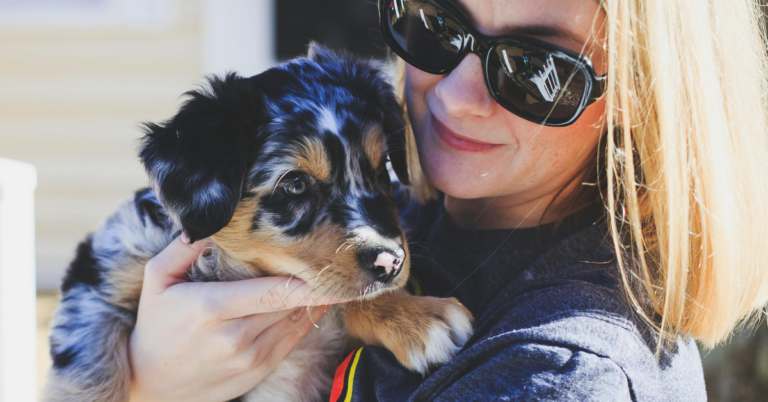10 Amazing Things You Never Knew About Alaskan Malamutes

Alaskan Malamutes don’t play by the rules you’d expect. They’re not your average large breed dog, and anyone who’s met one knows they march to their own drummer. So much so that even seasoned dog owners are usually shocked when they learn just what these arctic giants are really capable of.
Alaskan Malamute Historical Origin

The Mahlemut people of Alaska needed tough dogs to survive the freezing Arctic. So, they created the Alaskan Malamute to pull sleds, hunt seals, and guard against bears. During the Klondike Gold Rush in the late 19th century, outsiders mixed the breed, but remote villages preserved it.
Physical Distinction From Huskies

People usually confuse Malamutes with Huskies; however, they’re quite different. Alaskan Malamutes are bigger and stronger—the largest sled dogs in the Arctic. Their bushy tails curl over their backs, while Huskies are leaner with tails that point down. Also, malamutes were bred for pure strength over speed.
Independent Temperament

You know what makes Malamutes different? They were built to be independent thinkers, not people-pleasers. Surviving harsh polar conditions required sharp minds and self-reliance. Fast forward to today—the dogs remain just as strong-minded. Loyal to their families? Absolutely. Easy to train? Not really; these dogs do things their way.
Coat Characteristics

Alaskan Malamutes have a double-layered coat with two inches of dense undercoat that sheds completely twice a year. This thick fur insulates them against Arctic extremes. Their bushy tails curl over their noses while sleeping, creating a natural face mask that protects them from freezing temperatures.
Vocalizations Beyond Barking

What stands out about Malamutes is how vocal they are, and there’s actually a good reason for that. Out in the vast Arctic, getting separated meant death. Which is why the breed developed howls that pierced through frozen air, plus those weird “woo-woo” sounds to stay connected. Those survival skills have now turned into chattiness.
Expert Digging Behavior

Malamutes are natural-born diggers. Back in the Arctic, the breed dug snow shelters for warmth and uncovered hidden prey to survive. That instinct never went away. Modern Malamutes still dig constantly—your backyard doesn’t stand a chance unless you give them plenty of exercise to burn off that energy.
Pack Mentality And Social Needs

Imagine a Malamute left home alone; it quickly becomes restless or chews just to cope. The reason is that these dogs are wired for pack life. Long ago, they slept alongside families for shelter. And even now, they crave belonging, happiest when treated as true members of a household team.
Specific Health Predispositions

Sure, Malamutes carry a few genetic risks—hip dysplasia and nerve problems among them, but that doesn’t spell disaster. Careful breeding and routine health checks keep these concerns under control. With the right start and attentive care, it’s common for them to thrive for 12–15 years.
Ancient Breed Lineage

Despite their wolf-like looks, Malamutes are definitely not wolf mixes. They’re a basal breed, tracing back to some of the earliest sled dogs. Modern Malamutes come from three major bloodlines: M’Loot, Hinman/Irwin, and Kotzebue. Each was preserved by the Mahlemut people, thereby ensuring the breed’s survival through centuries of Arctic challenges.
High Exercise Requirements

Exercise is a must for Malamutes, but hot or humid days are dangerous for them. Vigorous activity in cool weather keeps both mind and body balanced. Agility practice doesn’t suit their build; instead, focus on weight-pulling and hiking activities since they better fit their natural working background.





